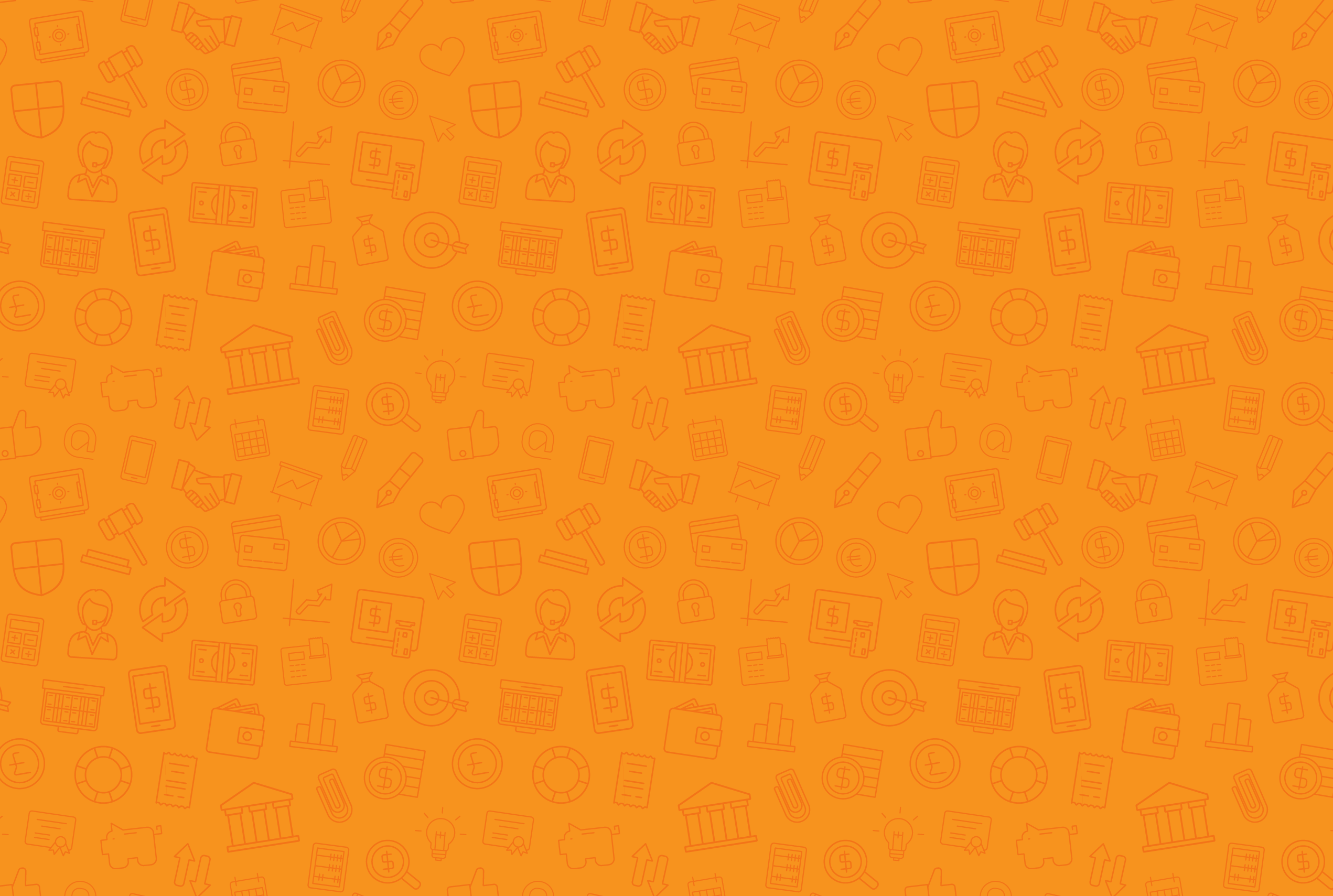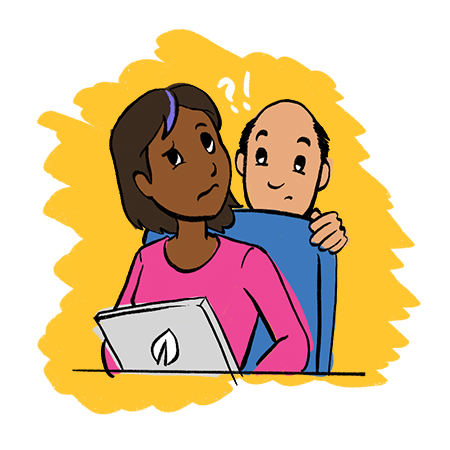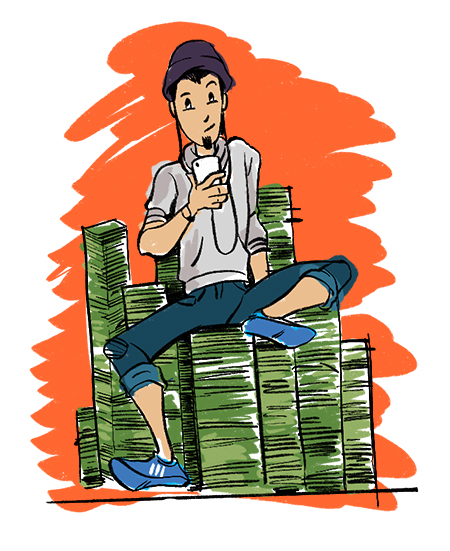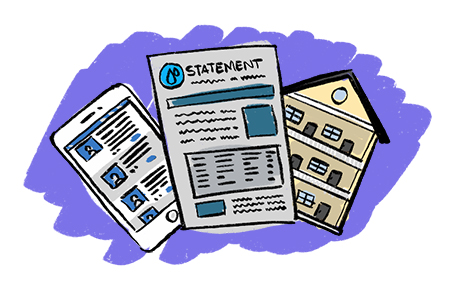
From Underbanked to Understood: The Rise of Alternative Credit Scoring
Urjanet Inc | May 1, 2017 | Credit & Lending
What happens when you get your paycheck? Or when you go to a restaurant and it’s time to pay the bill? These might seem like questions with obvious answers; you deposit a check into your bank account, and you pay your restaurant tab with a credit card. But for a growing population of unbanked and underbanked Americans, the answers are not always so obvious. We’ll explain why and how these individuals could benefit from an alternative credit score.
What Does It Mean to Be Unbanked or Underbanked?
According to survey data from the Federal Deposit Insurance Corporation (FDIC), 27 percent of US households are “unbanked” or “underbanked.” Specifically, the FDIC reports that approximately nine million U.S. households are unbanked and 24.5 million are underbanked. The FDIC defines these terms as follows:
- Unbanked: No one in the household has a checking or savings account
- Underbanked: The household has an account at an insured institution, but also goes outside of the banking system to alternative financial providers for services and products like money orders, check cashing, international remittances, payday loans, refund anticipation loans, rent-to-own services, pawn shop loans, and auto title loans

In other words, unbanked and underbanked consumers are those who don’t have enough of a credit history to generate a traditional credit score. Although a majority of unbanked households cited “not enough money to keep an account” as the primary reason for their status, many other reasons also surfaced. These include privacy concerns, a lack of trust in banks, and high or unpredictable bank account fees.
Who Makes Up the Unbanked and Underbanked Population?
There’s no one type of person that comprises the entire unbanked and underbanked population. However, the FDIC did find that younger adults (currently those in the Millennial generation) were one of a handful of groups with measurably higher unbanked/underbanked rates.
Various research studies on Millennials’ financial habits also support this finding and attempt to explain this trend. For example, a recent study from Packaged Facts finds that Millennials make up a new type of unbanked consumer — one who sees not having a conventional checking or savings account as giving them more options, rather than less.
The Packaged Facts research also suggests that many Millennials see “checking” as antiquated and are far more comfortable with online-only options. Consider the case of Amazon Cash, a new venture from Amazon that allows shoppers without credit, debit or bank cards to load cash directly to their Amazon accounts. Consumers have flocked to this option that lets them easily make purchases online without any bank involvement.
Meanwhile, TechCrunch aims to shed more light on why so many Millennials distrust banks, pointing out that this generation’s views are largely shaped by major world events like 9/11 and the Great Recession. The fact that Millennials are saddled with higher student loan debt than any generation prior doesn’t do much to improve this group’s unease towards banks, either.
Why Does Banking Status Matter?
So we’ve established that more and more of the unbanked and underbanked are choosing to stay out of conventional banking. What’s the big deal? In a nutshell: they’re losing access to credit.
People receive credit scores based on factors like the number of accounts they have open and the length of time those accounts have been open. Other factors include their credit bill payment history and outstanding debts. These scores are crucial when it comes to accessing a loan or a home mortgage.
This status creates a problem when it comes to their credit reports. Because these individuals don’t partake in a lot of (if any) activities that would build a traditional credit score, they end up in one of two groups:
- Credit Invisible: This group has no file with any of the major credit bureaus. The US Consumer Financial Protection Bureau estimates that 26 million Americans are credit invisible.
- Unscorable: This group has a file with at least one of the major credit bureaus, but their file lacks sufficient information to generate a reliable score. The US Consumer Financial Protection Bureau estimates that 19 million Americans are unscorable.
As a result, credit invisibles face an uphill battle when it comes to getting access to credit. At a basic level, this makes sense, as lenders wouldn’t want to extend loans to risky prospects who can’t prove their ability to repay a loan.
However, more and more of the unbanked and underbanked have the ability to repay a loan and to pay their bills on time. Traditional sources of credit data simply fail to cover them. For these individuals, it’s time to explore new methods to reach them, starting with alternative credit scoring. 
How Can Alternative Credit Scoring Help?
Traditionally, a lack of a credit score or a low credit score signals that a prospect has a history of missed or late payments. Recently, the issue arises more from a lack of credit scoring data. The first solution to look for, then, is in more data.
Enter: the alternative credit score. Alternative credit scoring models extend beyond traditional data points like credit card limits and debt repayment history. For example, pulling payment history data on utility bills, mobile phone bills, or rent payments can easily demonstrate how often someone pays their bills on time, and therefore can be used to create a reliable alternative credit score.
In fact, VantageScore Solutions estimates that this type of alternative credit scoring could enable approximately 7.6 million currently unscorable consumers to earn a credit score of 620 or higher. Hence, we can see that alternative credit data is proven to generate an accurate picture of a consumer’s payment risk, with huge potential to help them gain access to credit.

The Future Lies in Alternative Credit Scores
Alternative credit scoring sounds like an excellent solution to increase access to credit for millions of unbanked and underbanked Americans, while at the same time minimizing risk for lenders. The next step is for lenders to actually adopt alternative credit scores.
Of course nothing is ever perfect, and alternative credit scores do have their downsides. But depending on the type of data used, the pros far outweigh the cons. For instance, utility bill data is one of the most reliable types of alternative credit data available. With the right sources of alternative data, this immense group of viable candidates can gain access to the credit they need.
Related Resources:
- Solutions Sheet: Utility Data for Credit Scoring & Lending
- Webinar Recap: The Credit Scoring Present and Future
- SPARK 2017 Recap: The Infinite Possibilities of Alternative Data
If you like what you’re reading, why not subscribe?
About Urjanet Inc
Urjanet, the global leader in utility data aggregation, simplifies how organizations access and use utility data, enabling them to focus on their business. Our technology collects, processes, and delivers data from over 6,500 electric, natural gas, water, waste, telecom, and cable utilities worldwide.
